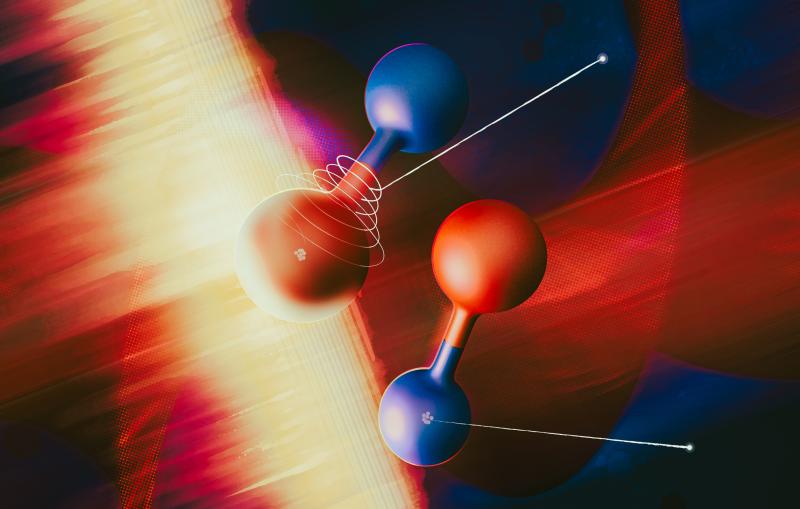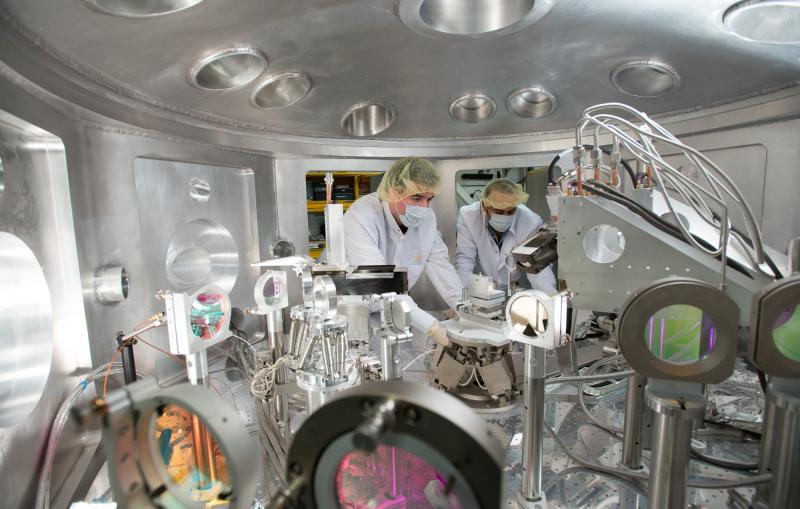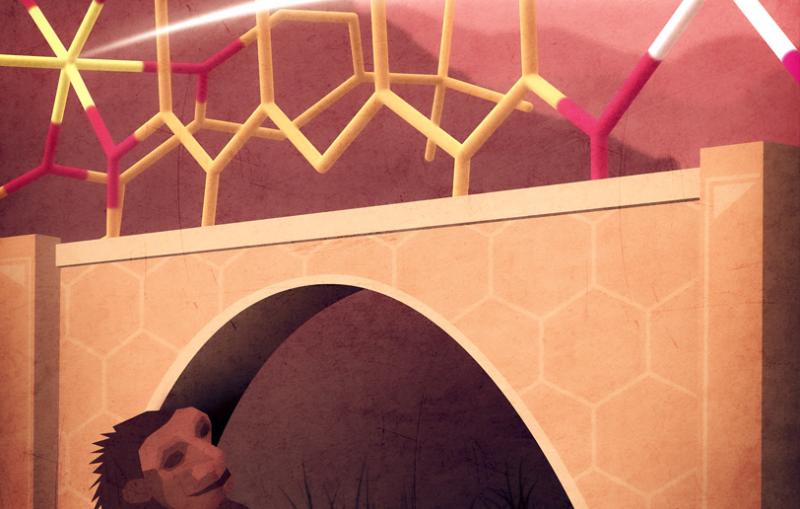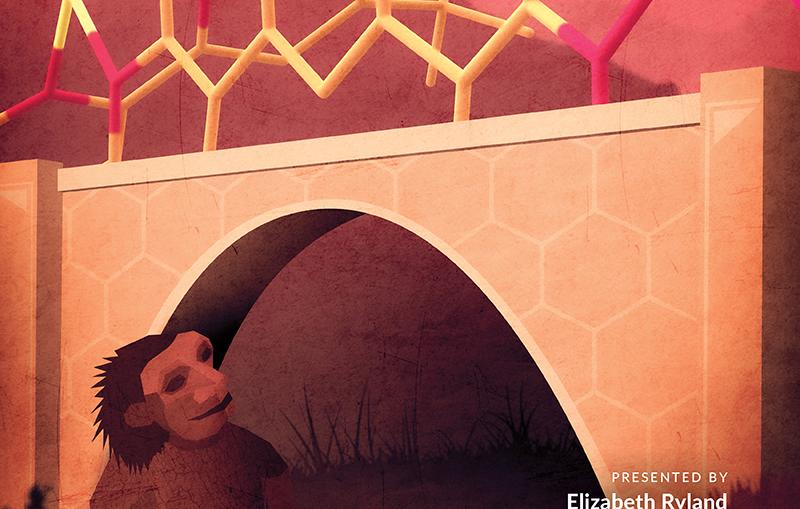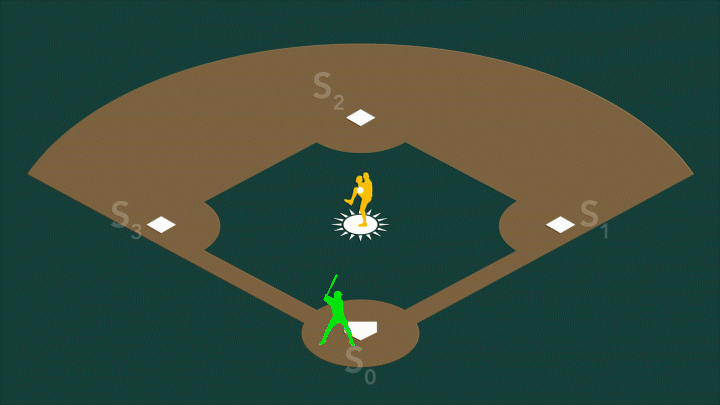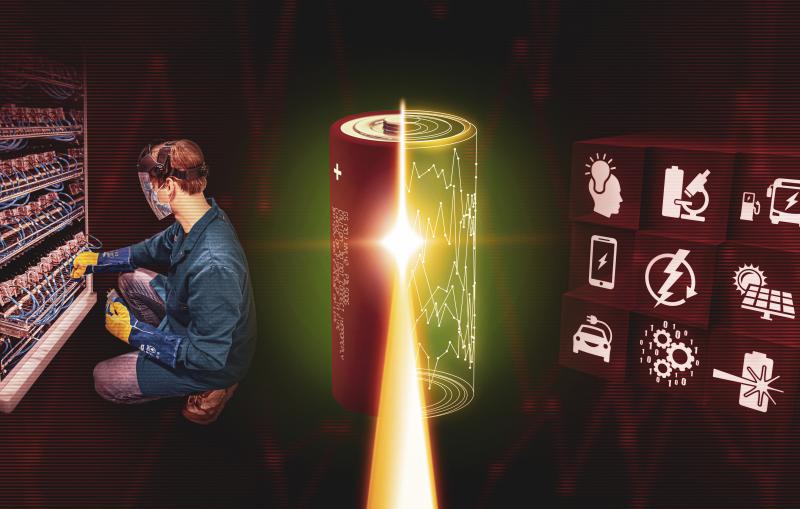Harold Y. Hwang and Danfeng (Denver) Li
recently discovered that nickelate is indeed super conductive
when asked by Harold's 9 year old daughter how did you uncover
this and how does it work? Harold went on to explain that it's kind
of like removing a layer from a Jenga tower
here is Denver explaining the experiment
you know when you play Jenga games you need to be very careful about
pulling out these blocks right so in real experiments we also used a very
gentle way which we call it soft chemistry that is a process which allows
us to take oxygen blocks out
by removing these oxygen blocks among other steps
Denver and his team had created a thin film of nickelate and it was in
these strips that Denver made the discovery that the material was superconducting
this is the first in a new family of superconductors that will help scientists
like Harold and Denver figure out how they work
